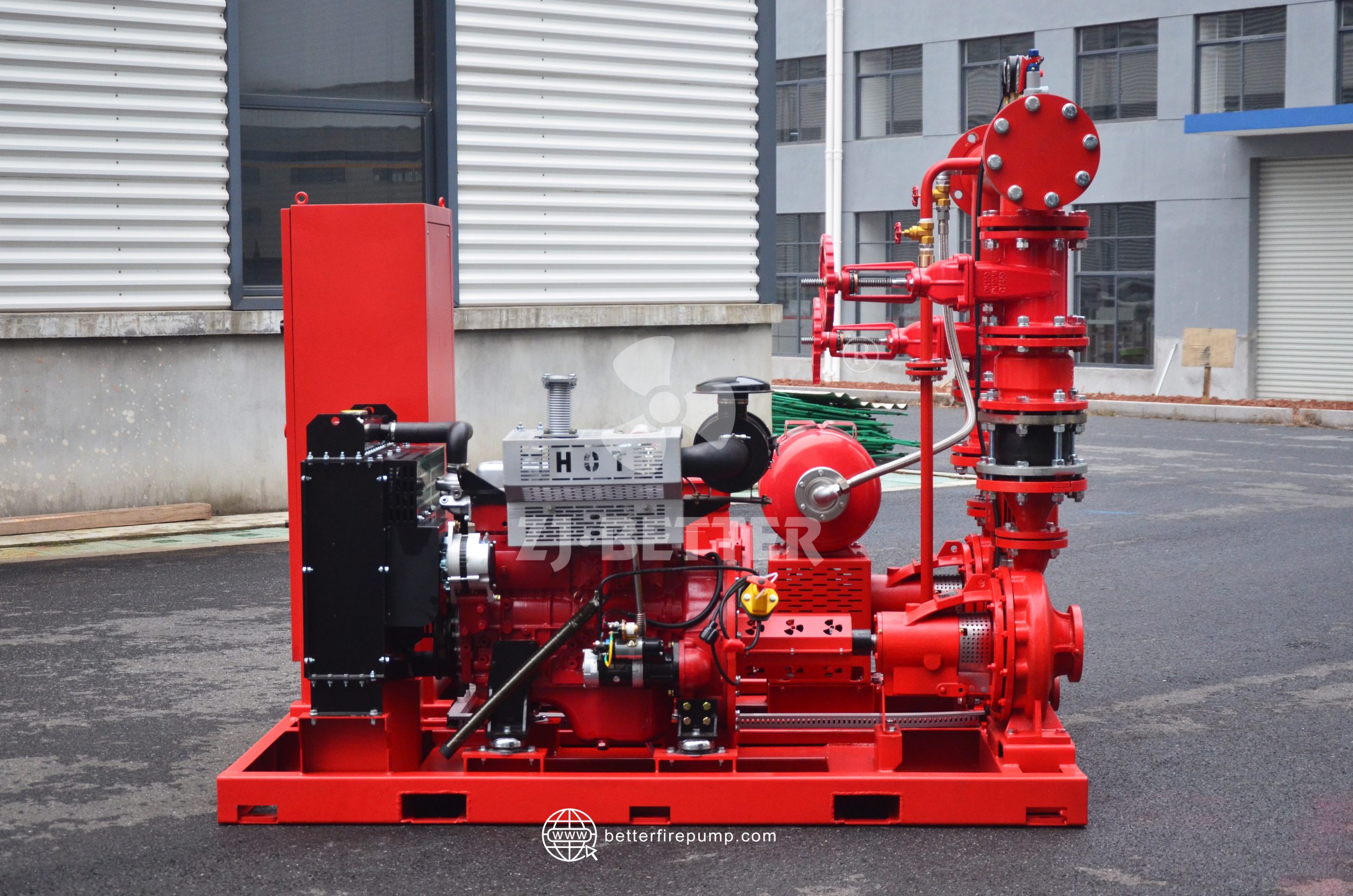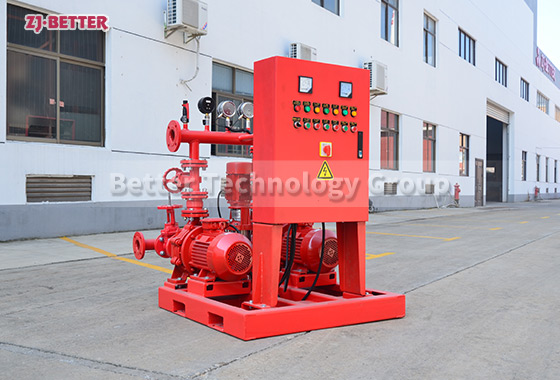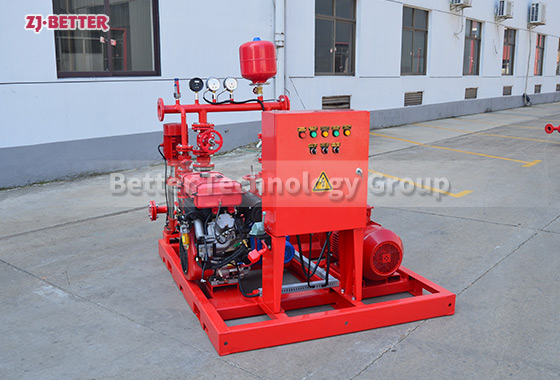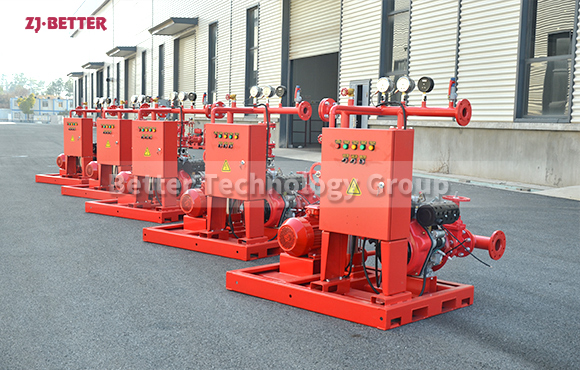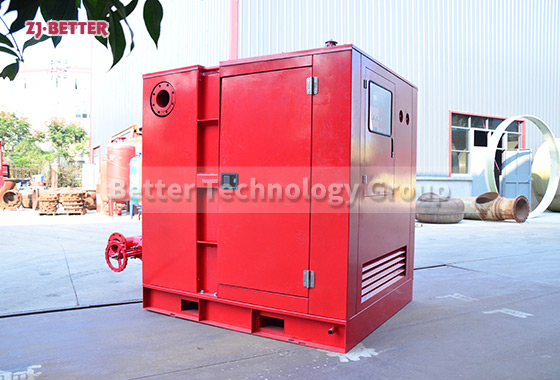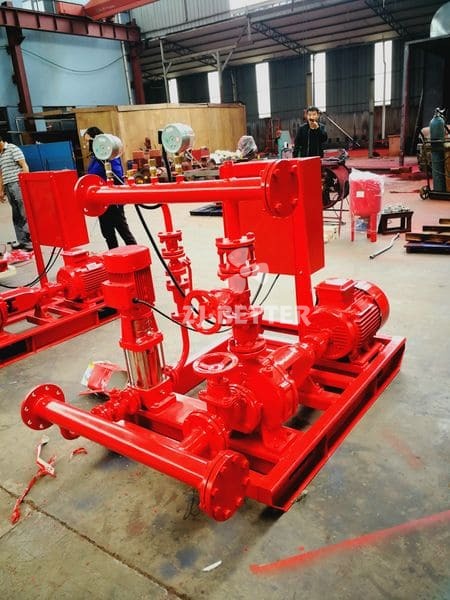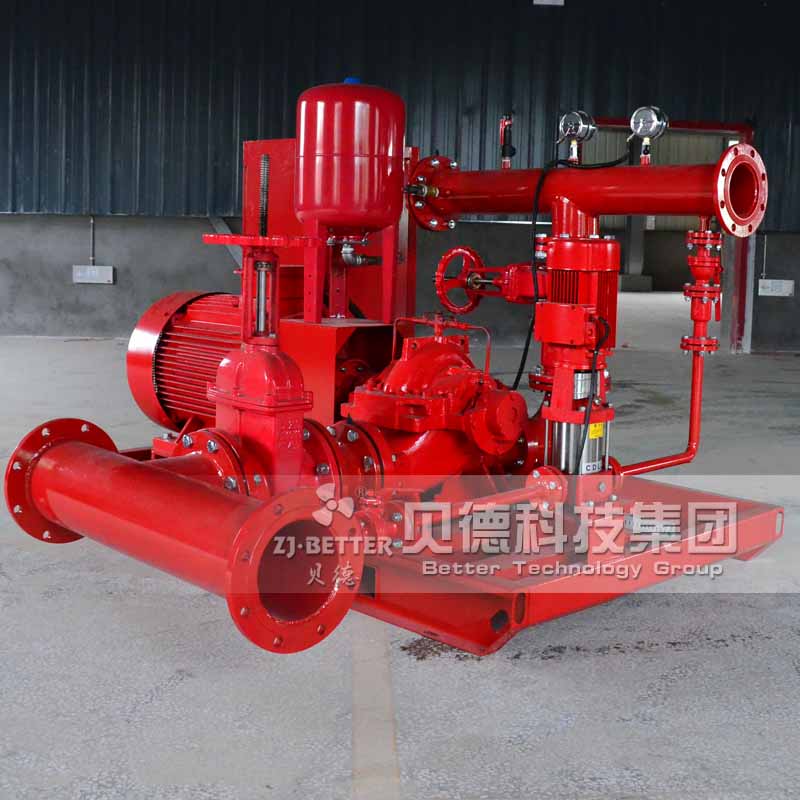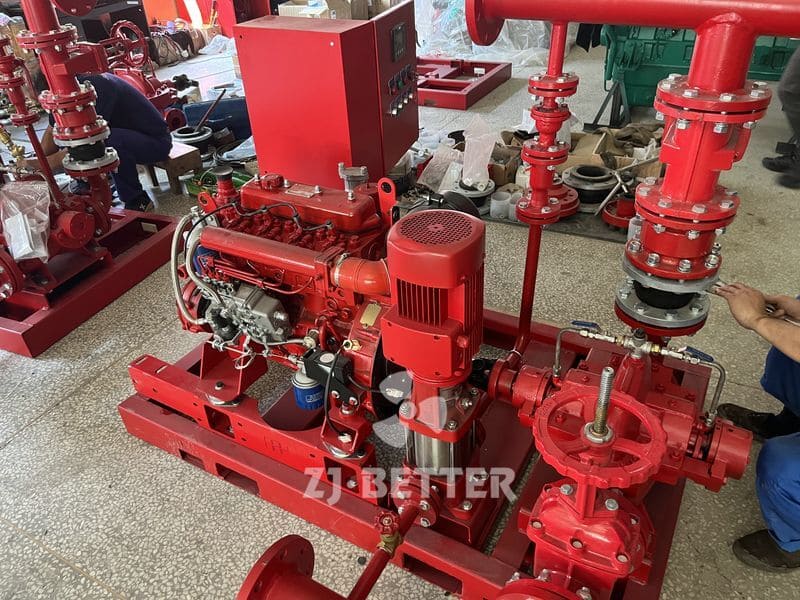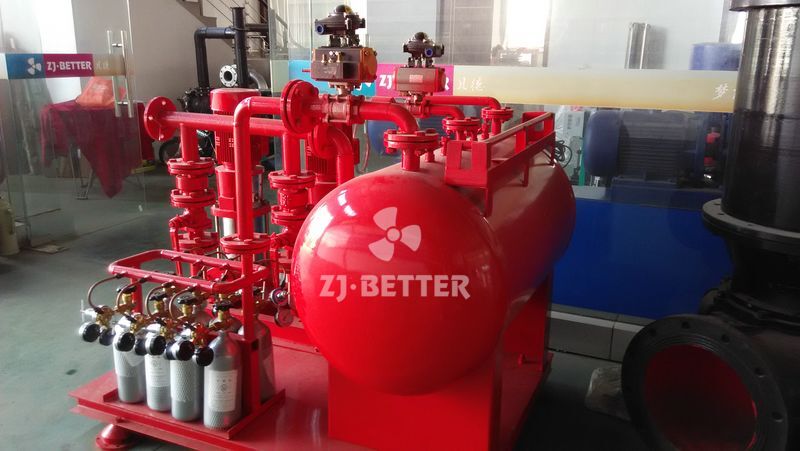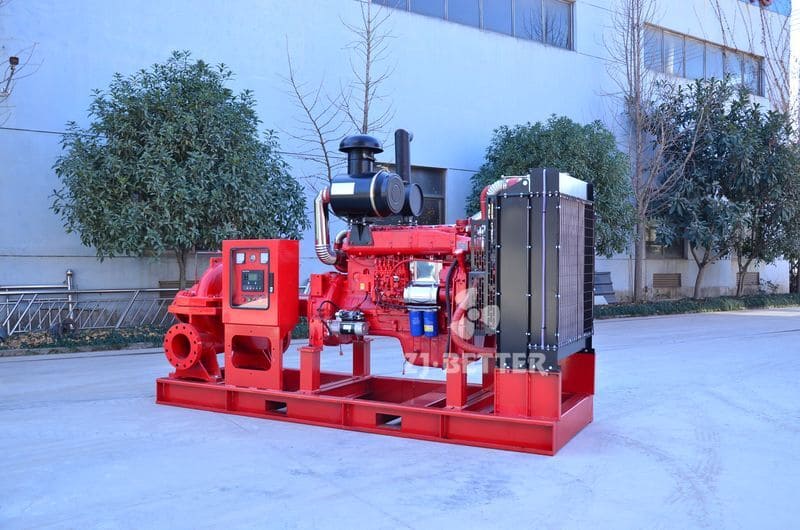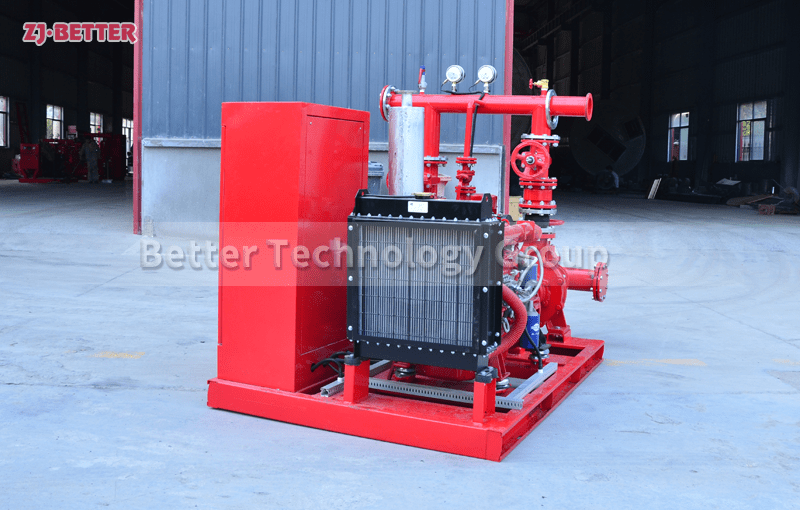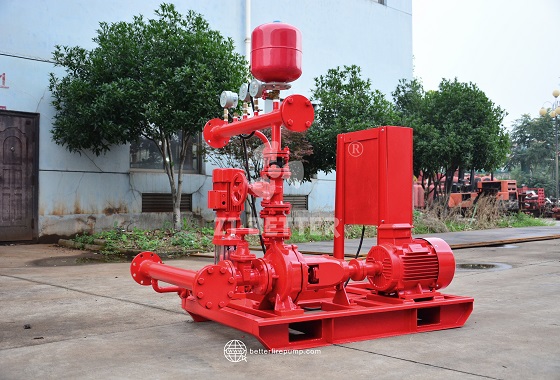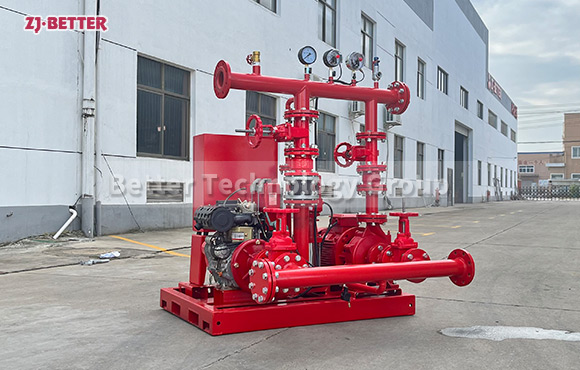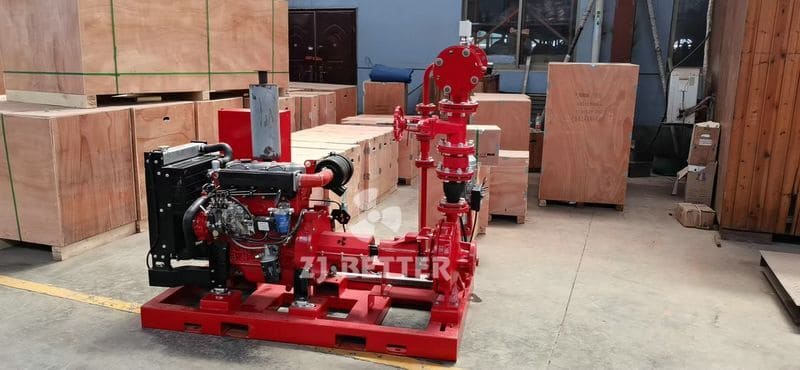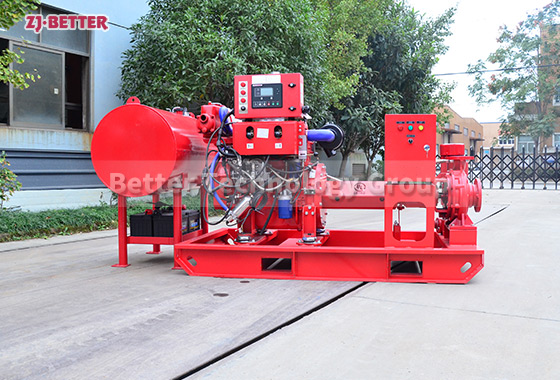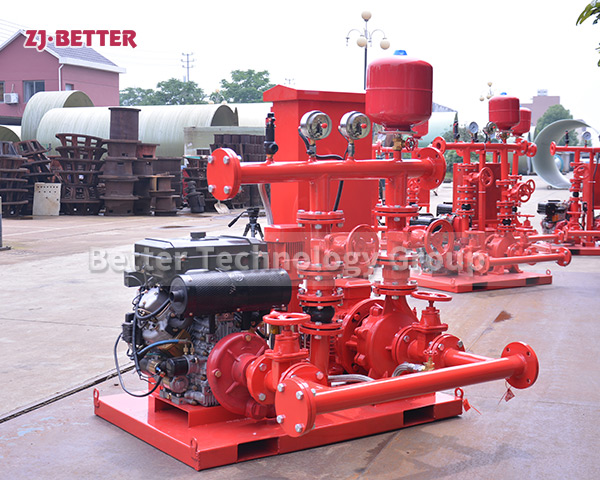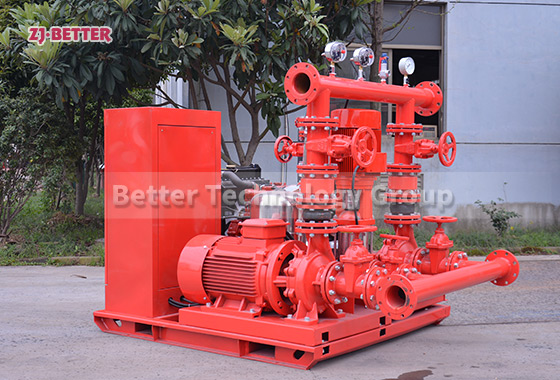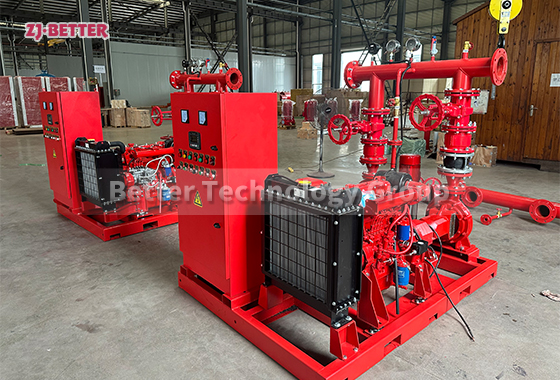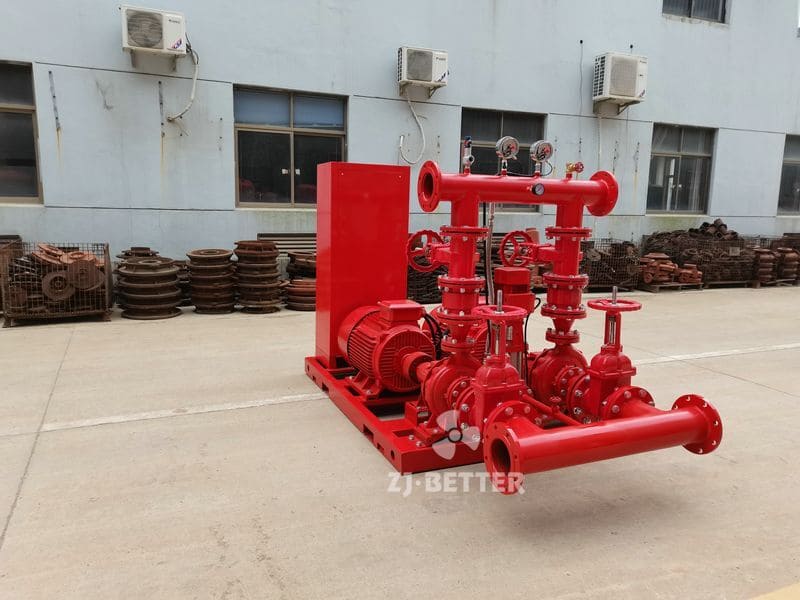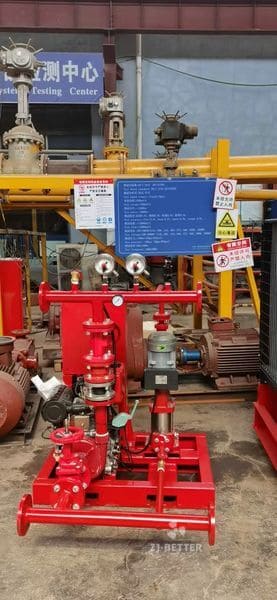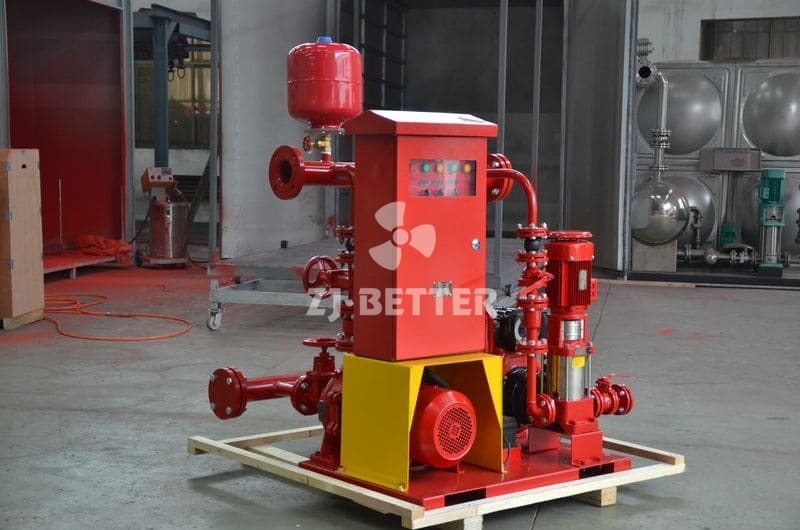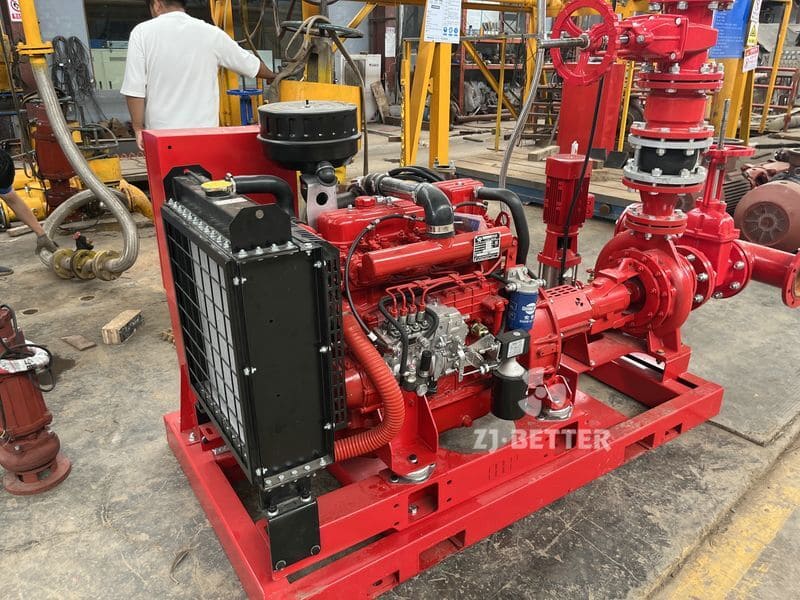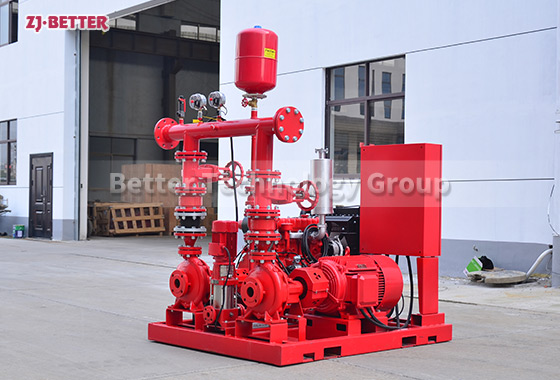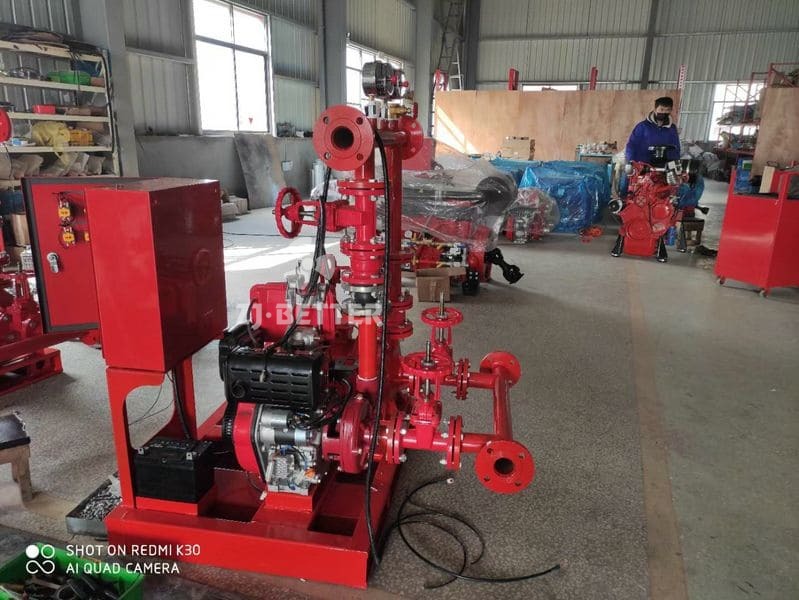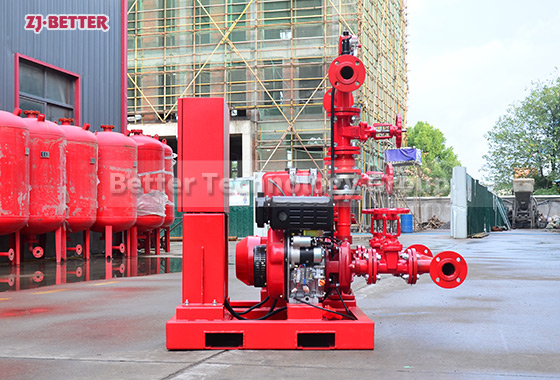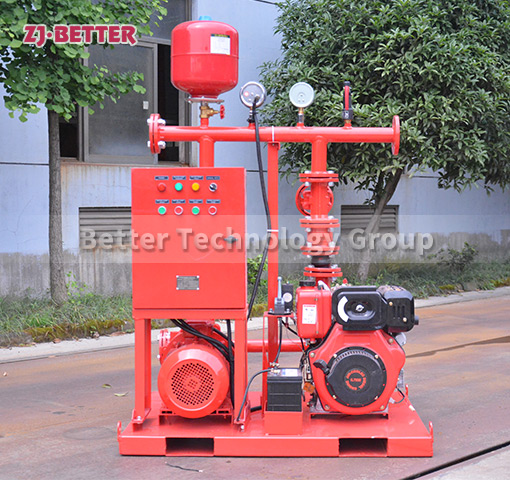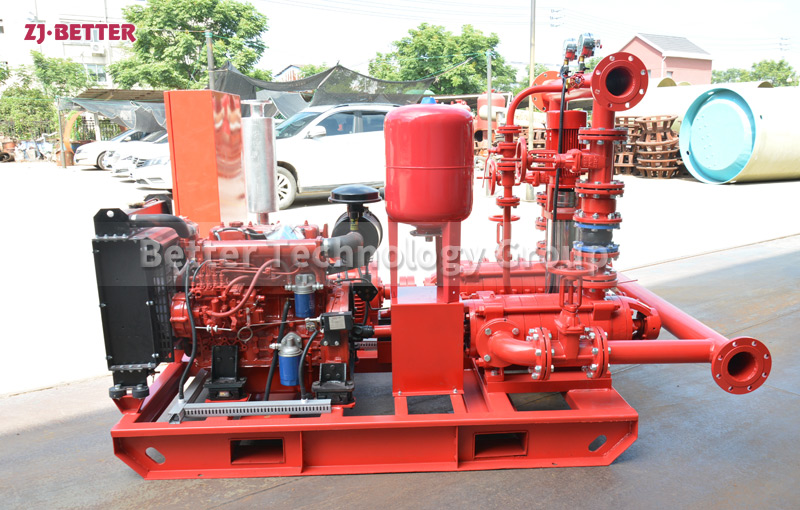Home » Fire Pump Set » How to Troubleshoot Common Fire Pump Issues
How to Troubleshoot Common Fire Pump Issues
Learn how to troubleshoot common fire pump issues, including low pressure, cavitation, and motor failures.
Contact US
Get Price
Share:
Previous:
NFPA20 Compliant Fire Pump Units
Content
Fire pumps can develop issues over time, affecting performance and safety. Here’s how to identify and resolve common problems:
1. Low Pressure or Flow
- Check for clogged strainers, closed valves, or leaks in the system.
- Inspect suction conditions and water supply.
2. Fire Pump Won’t Start
- Verify power supply for electric pumps and battery charge for diesel engines.
- Inspect pressure switches and control panel settings.
3. Excessive Noise or Vibration
- Could indicate cavitation, misalignment, or worn bearings.
- Adjust suction conditions or replace damaged components.
4. Overheating
- Ensure adequate cooling for diesel engines and motor windings.
- Check lubricant and coolant levels.
5. Frequent Automatic Starts
- May be caused by pressure losses in the system.
- Inspect check valves and pressure relief devices.
Timely troubleshooting helps prevent system failures and ensures reliable fire protection.
Inquiry
More Fire Pump Set

